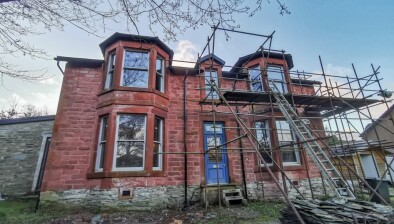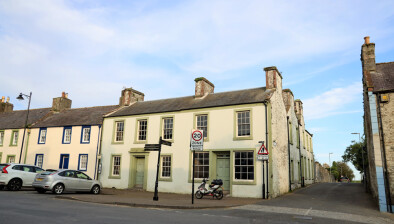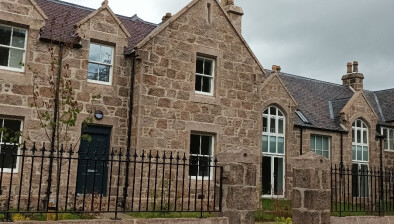More than 1,000 empty homes brought back in record-breaking year
A record number of privately-owned empty homes in Scotland were brought back into use with help from local councils last year.
Shaheena Din
In its latest annual report, the Scottish Empty Homes Partnership (SEHP) said that 1,128 properties became homes again in 2018-2019, the best year yet for the group which supports a network of empty homes officers working in 20 local authorities across Scotland.
It brings the total number of homes brought back into use since the SEHP was set up in 2010 to 4,340, which is roughly equivalent to a town the size of Peebles.
The report includes the results of a survey of council officers. A key finding is that 93% of the homes brought back were in areas where the council employs staff with time dedicated to tackling the issue of empty property. It also found that 18% of homes brought back went on to become affordable housing.
The SEHP, which is run by Shelter Scotland with funding by the Scottish Government, is leading the drive to tackle the 39,000 homes which are sitting empty.
Thanks to an increase in funding last year, the Partnership has been able to expand the support it offers empty homes officers and to provide direct financial support to local authorities to set up new services. In 2018 this included new roles in Aberdeen City Council and Comhairle nan Eilean Siar, where Kickstarter grants are part-funding two pilot posts.
Shaheena Din, SEHP National Manager, said: “In 2010 there were only seven councils where staff had time dedicated to empty homes work. Today we have more staff working on empty homes than ever before and it’s delivering results - not just on reducing the number of empty homes but improving communities where empty properties can cause nuisance and even blight.”
Housing Minister Kevin Stewart said: “Privately owned empty homes are a missed opportunity to provide warm, safe, sustainable places to live.
“That’s why I strongly welcome the rise in the number of homes being brought back into use, which is down to the hard work and expertise of empty homes officers.
“I want to see this expertise working across the whole of Scotland, so we have doubled our funding for the Scottish Empty Homes Partnership to more than £400,000 a year to help local authorities realise the benefits of this successful approach.”
Last year’s announcement of increased funding, which includes £105,000 a year for grants to councils to increase empty homes work, is also supporting the SEHP to invest more in research, training and marketing its services.
The annual report shows that empty homes officers typically work with the owners of empty property providing tailored advice and information.
In a survey answered by council officers the Partnership found that repairs taking longer or costing more than expected was one of the big reasons for delays bringing property back into use. As a result, the Partnership has recommended that where they are not already doing so councils use discretion when applying the additional council tax levy which increases council tax bills to up to 200% on property left empty for more than a year.
The survey also discovered that while most empty homes are brought back into use in less than two years the chances of a home being brought back into use drops off after it has sat unoccupied for five years. SEHP supports the Scottish Government’s commitment to bring in Compulsory Sale Orders which will force owners whose empty properties are causing issues to sell them on the open market. It also supports the use of existing Compulsory Purchase Orders but acknowledges that this is a more time-consuming process with higher risks for local councils.
Shaheena Din added: “On behalf of the Scottish Empty Homes Partnership I want to thank the empty homes officers for a record-breaking year but we know we still have work to do. Empty properties are a wasted asset at a time of a housing shortage and our goal is to see staff with time to dedicate to this issue working in every council in Scotland over the next three years.”







